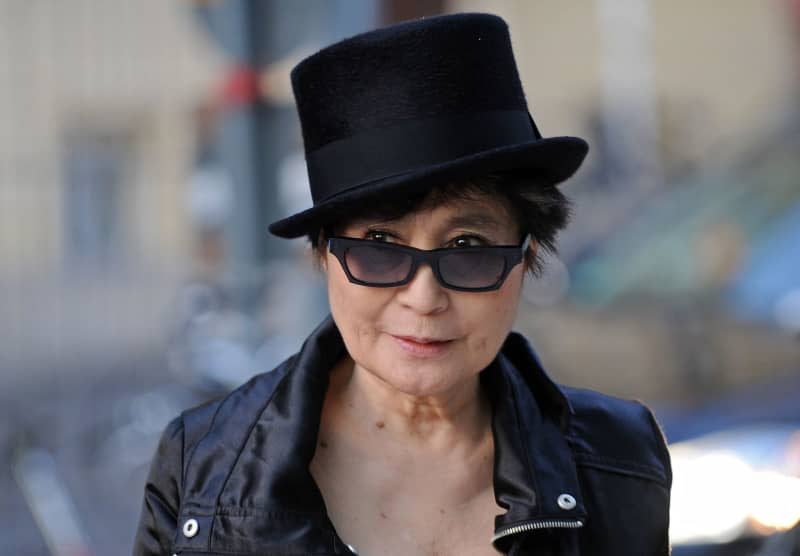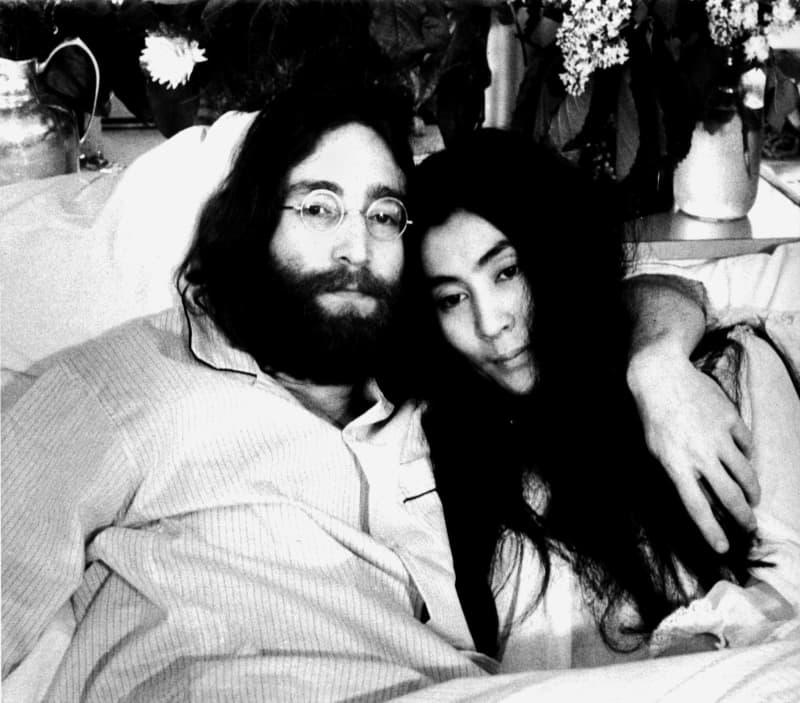Large Yoko Ono exhibition opens in London's Tate Modern

- Oops!Something went wrong.Please try again later.
"Light a match and watch till it goes out." Performance artist Yoko Ono has long used prompts like these to encourage observers to try out her ideas for themselves.
An exhibition paying tribute to her parcipatory work is now opening at the Tate Modern in London from February 15 until September 1. According to the museum, "Yoko Ono: Music of the mind" is the UK's largest exhibition ever dedicated to the Japanese artist, now 90 years old.
The exhibition was conceived together with Germany's Kunstsammlung Nordrhein-Westfalen and will also be on show in Düsseldorf in the second half of 2024.
The Tate show comprises around 200 works, including written documents, videos, pictures and audio recordings.
The idea in many of the artworks is for visitors to take part themselves. They can hammer nails into a picture, try out an all-white chess games, paint shadows and leave a comment about their own mother on a metre-long wall.
Ono, the widow of singer John Lennon since he was killed in 1980, has a unique way of bringing people together and thinking about important issues, said Andrew de Brún from the curatorial team.
As a child, Ono experienced how Tokyo was bombed. According to the curator, not only the confrontation with war and peace, but also the desire for healing is therefore an important theme in her work.
One work shows a room whose furnishings have been cut in half. Ono wants people to recognise their own fragmentation, says de Brún. "We are all fragments that need connections, that need healing to some degree."
Ono's art is not finished either, but is created with the audience, the curator says. An important part of her work is also the reversal of the relationship between artist and viewer, as in the performance "Cut Piece", when the audience cut the clothes off her body.
Ono and Lennon once famously also collaborated on a performance piece in which the two stayed in bed for days, accompanied by reporters, to demonstrate for peace.
Some Beatles fans have blamed the band's break-up on Ono, yet Paul McCartney previously said that it was the group itself which had broken up.
Even after the murder of her husband, Ono, who is regarded as an important representative of the Fluxus movement, continued to work as a conceptual artist and peace activist.


